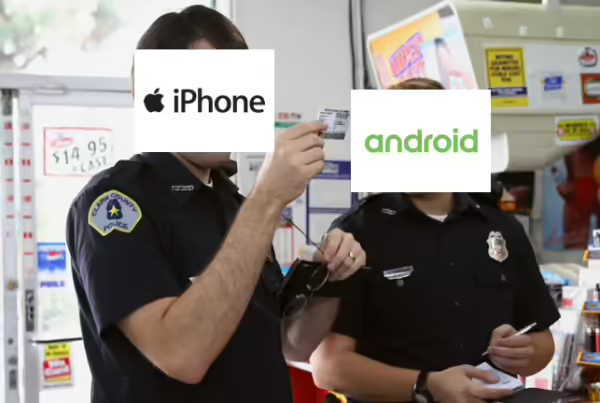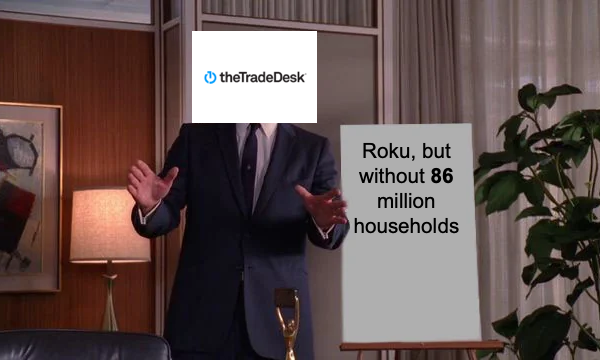Big news: Major advertisers are now able to cancel up to 50% of their Q3 upfront commitments.
What are the upfronts? The upfronts are an annual event where the networks showcase their planned programming for the upcoming season. Advertisers purchase advertising “upfront” at a negotiated price versus later in the scatter market, which can cost 6%+ more.
Advertisers considering cancelations include:
1) PepsiCo
2) General Motors
3) General Mills
Big question #1: Will these cancelations surpass the $1.0B – $1.5B that the Wall Street Journal story predicts?
Big question #2: How much money will advertisers hold back from the 2020-21 upfront?
TBT: The 2009-10 upfronts were down 13% YoY, according to Media Dynamics.
Upfront ad spend by year (% growth YoY) according to eMarketer:
1) 2008-09 – $16.8B (↑ 1%)
2) 2009-10 – $14.7B (↓ 13%)
3) 2010-11 – $16.6B (↑ 13%)
4) 2011-12 – $17.9B (↑ 8%)
5) 2012-13 – $18.7B (↑ 4%)
6) 2013-14 – $19.2B (↑ 3%)
7) 2014-15 – $18.4B (↓ 4%)
8) 2015-16 – $17.8B (↓ 3%)
9) 2016-17 – $18.6B (↑ 5%)
10) 2017-18 – $19.7B (↑ 6%)
11) 2018-19 – $20.8B (↑ 5%)
12) 2019-20 – $21.3B (↑ 2%)
13) 2020-21 – $21.6B (↑ 2%)
Share of national TV ad revenue sold at the upfronts:
1) Normal – 70%
2) Anticipated – 40%
Why this matters #1: If the above holds, then there would be ≈ 2X the normal amount of national TV inventory in the scatter market.
Why this matters #2: Additional inventory going to the scatter market means additional inventory that advanced TV targeting can be applied to. This would bring in new advertisers beyond the ≈ 4K who typically buy national TV advertising each year.
Flashback: As TV Industry’s $20 Billion Week Starts, Signs That Streaming Isn’t King Yet
Video #1: Axios’ Fischer: Advertisers are holding off on committing dollars to the big TV networks
Video #2: Horizon CEO on managing through a crisis and the state of the TV upfronts
More #1: This Would Have Been Upfront Week, If Not For COVID






